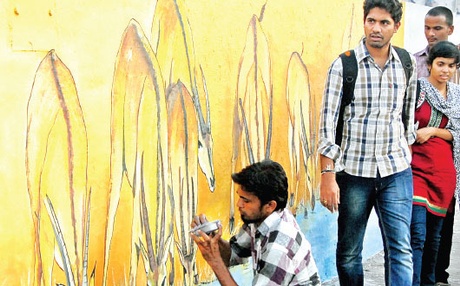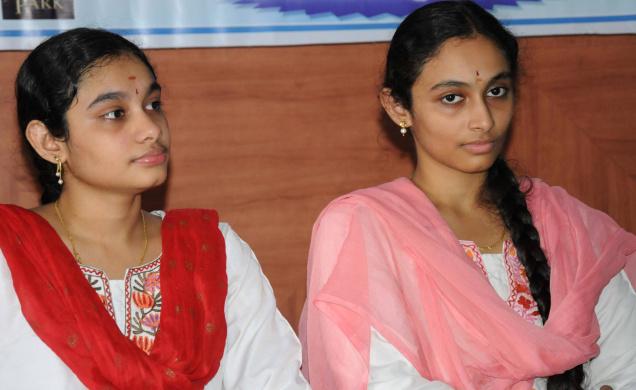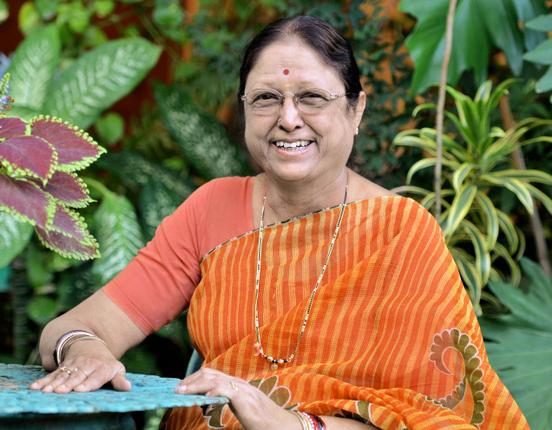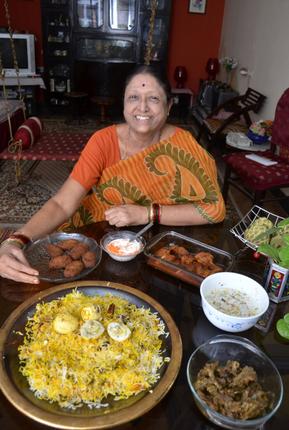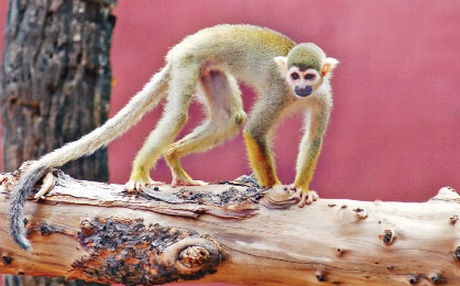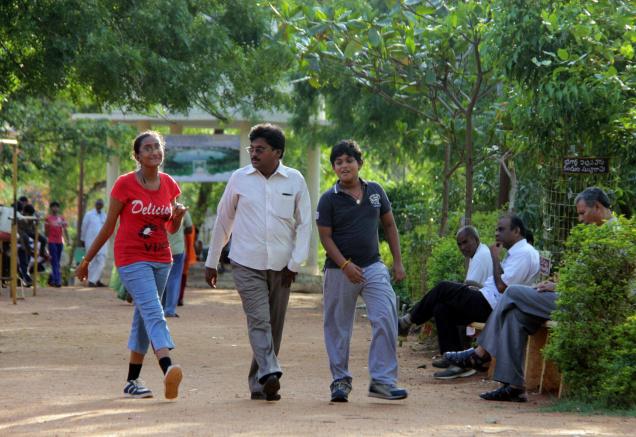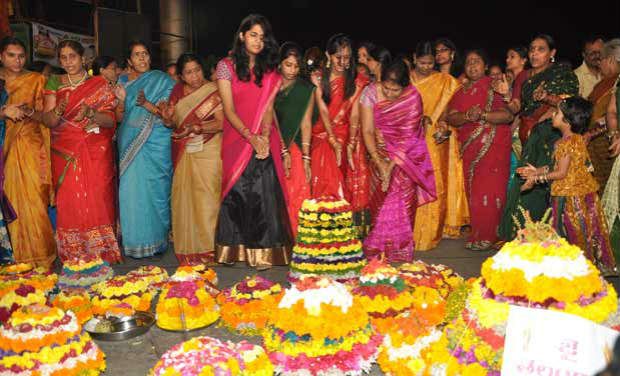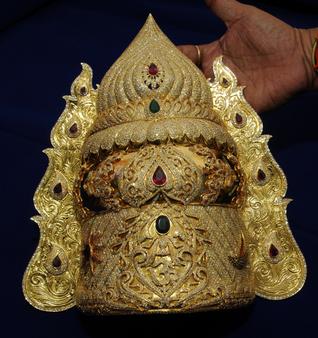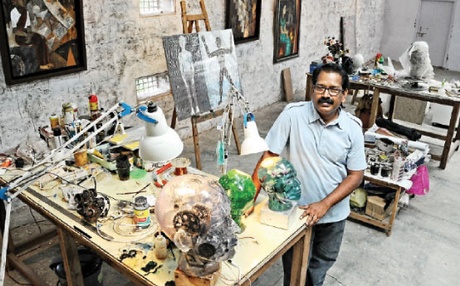
He develops his works from the archives of his experiences and exposure to Indian tradition. Chippa Sudhakar, a Hyderabad-based artist, who recently showcased his multimedia works at Gallery Veda in Chennai, engages with different media to build a narrative through metaphors and symbols, giving a voice to his concerns about contemporary reality. Chippa uses wood, glass and resin in acrylic for etching, carved relief and colour washes.
Wood as an organic medium is subject to decay. The artist employs it to allegorise the mortality of existence and its fragility in a world dictated and dominated by diverse technologies with man exploiting nature perilously to near-destruction. His glass resin sculptures reflect upon life that has assumed the humdrum of mechanical subsistence.
As a creative individual, Chippa has engaged productively with his excellence obtained in technique and skills to develop a visual language which is dominantly figurative. The process of creating art nevertheless is inherently complex, conditioned by the contingencies of moments in the experiences of the artist’s life. As a sensitive artist, Chippa has perceptively observed certain realities of life, which he has extended to communicate visually through an artistic vocabulary and formal elements.
His recent works are forms of his thoughts, are constitutive of his experiences and show a thematic engagement with varied social, cultural, environmental, ecological, technological issues; to make explicit his concerns in a world that is riding on a trajectory sans emotions and sentiments in the race of survival. His mixed media on wood including the book format has the representation of his stockpile images as the shaven head, lotus flower, florid creepers, triangles, squares and cryptic pictographs of ubiquities as the house, trees, plants, flowers, boat, pot, lamp etc. These images, which serve as metaphors and symbols, have been culled thoughtfully and suitably from nature, culture and technology to convey a particular message—like, the house (security and familial relationships), trees and plants (nature), boat (fulfillment of aspirations and dreams), lotus (security and renewal), auto parts (mechanical life) etc. These eloquently help in engaging the viewer to decode the meaning. Chippa’s works mesmerise through their simplicity, naivety and clean and uncomplicated imagery, which elicits responses in throwing up valid questions. Are we becoming insensitive to our realities by leading mechanical lives? Is there an element of sympathy or feelings and empathetic emotions still remaining within us? Is technology ruling every aspect of our lives? What are we striving for? What do we want? These questions provocatively unfold through his indulgence with concepts and different media, explored with sharp acumen. He has created three-dimensional life-size heads from glass resin with insertions of auto parts and flowers; mixed media painting on wood with relief carving; has painted book forms and etchings that allow him to convey different dimensions of life in today’s glocalised world. He says, “I delve into the nature of the medium and strive hard to arrive at an understanding of its character. The process of exploring and experiencing different media is similar to knowing and understanding people around me. Relationships are an integral part of my work. The imagery and motifs emerge instinctively from my mind”.
In analysing Chippa’s works, it is important to consider his articulation with formal elements, namely shapes, colours, textures lines, values, helping in clarifying his ideas. The engagement with sculpture articulates the narrative of mechanised life, with concerns for producing more wealth and possessions. His life-size transparent heads with mechanical auto parts reveal these ideas. Some heads contain flowers in white and purple, marking his take on spirituality. The heads were coloured in red, blue and purple, symbolically signifying anger, calm and meditative serenity or spirituality respectively.
Textures in Chippa’s works have a dominant role lending an enigmatic quality, attracting the viewers to a closer scrutiny. This is further reinforced by his earthy colours as yellow ochres, raw umbers, sepia, reds and foliage greens as well as deep sea blues sky blue, spiritual purples and sunset orange.
Book is a poignant metaphor in Chippa’s work. Many of his works have text and numbers, reinforcing their potential visual power.
source: http://www.newindianexpress.com / The New Indian Express / Home> Magazine / by Ashrafi S. Bhagat / October 20th, 2013
